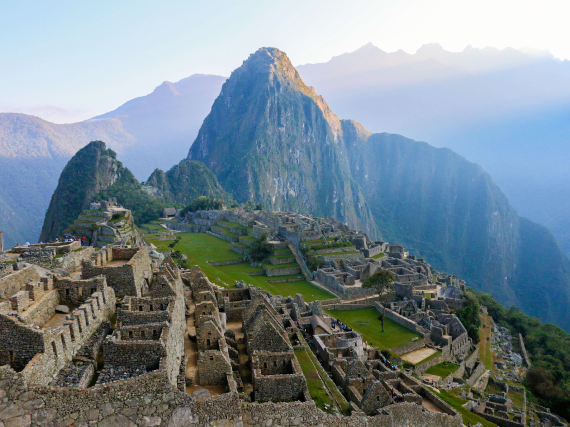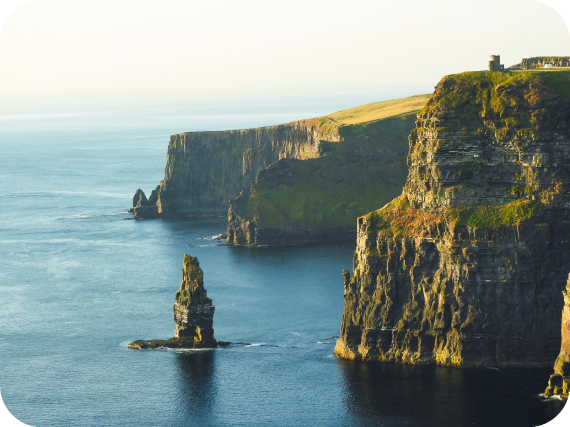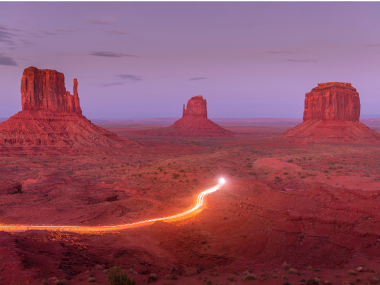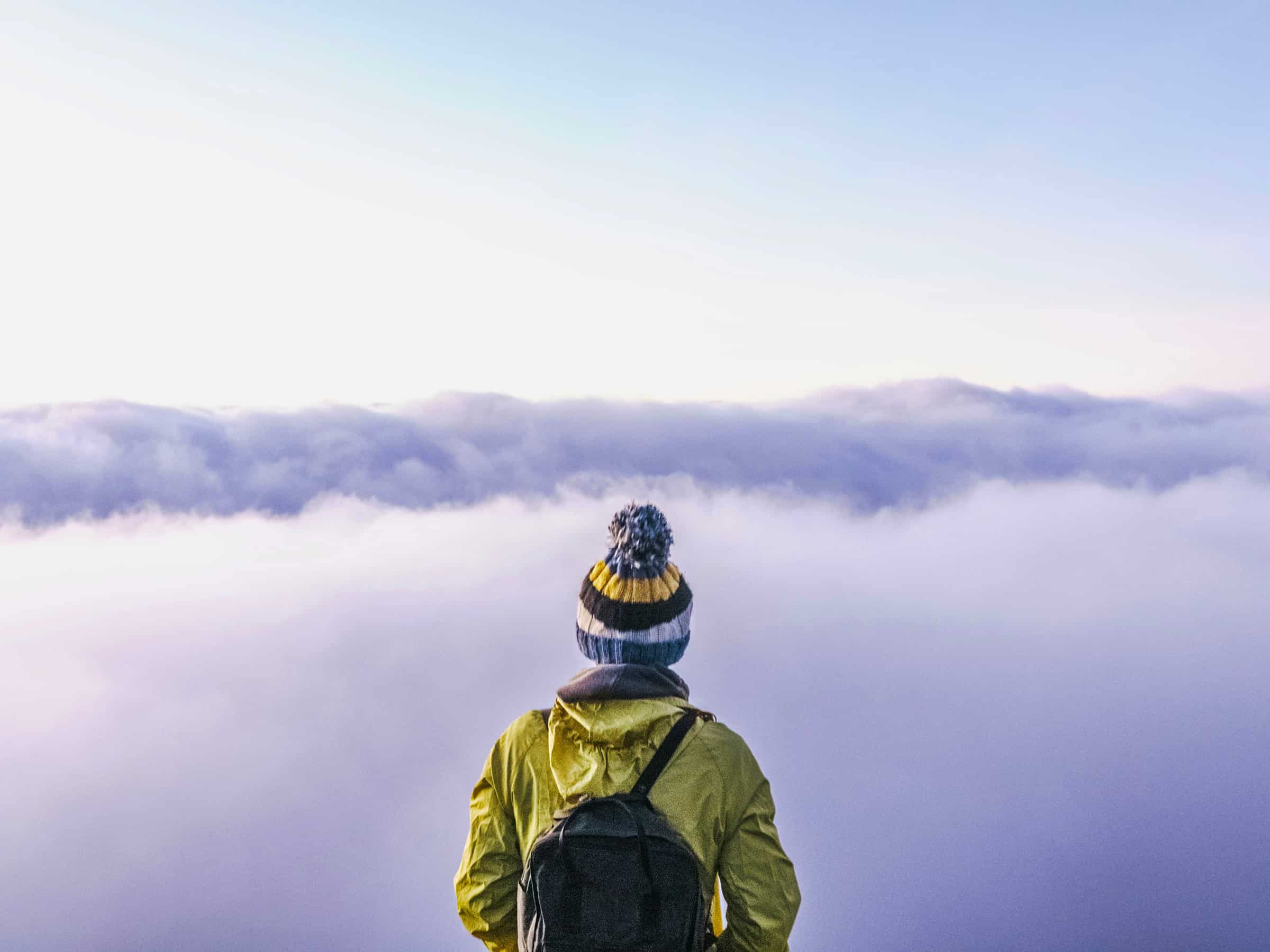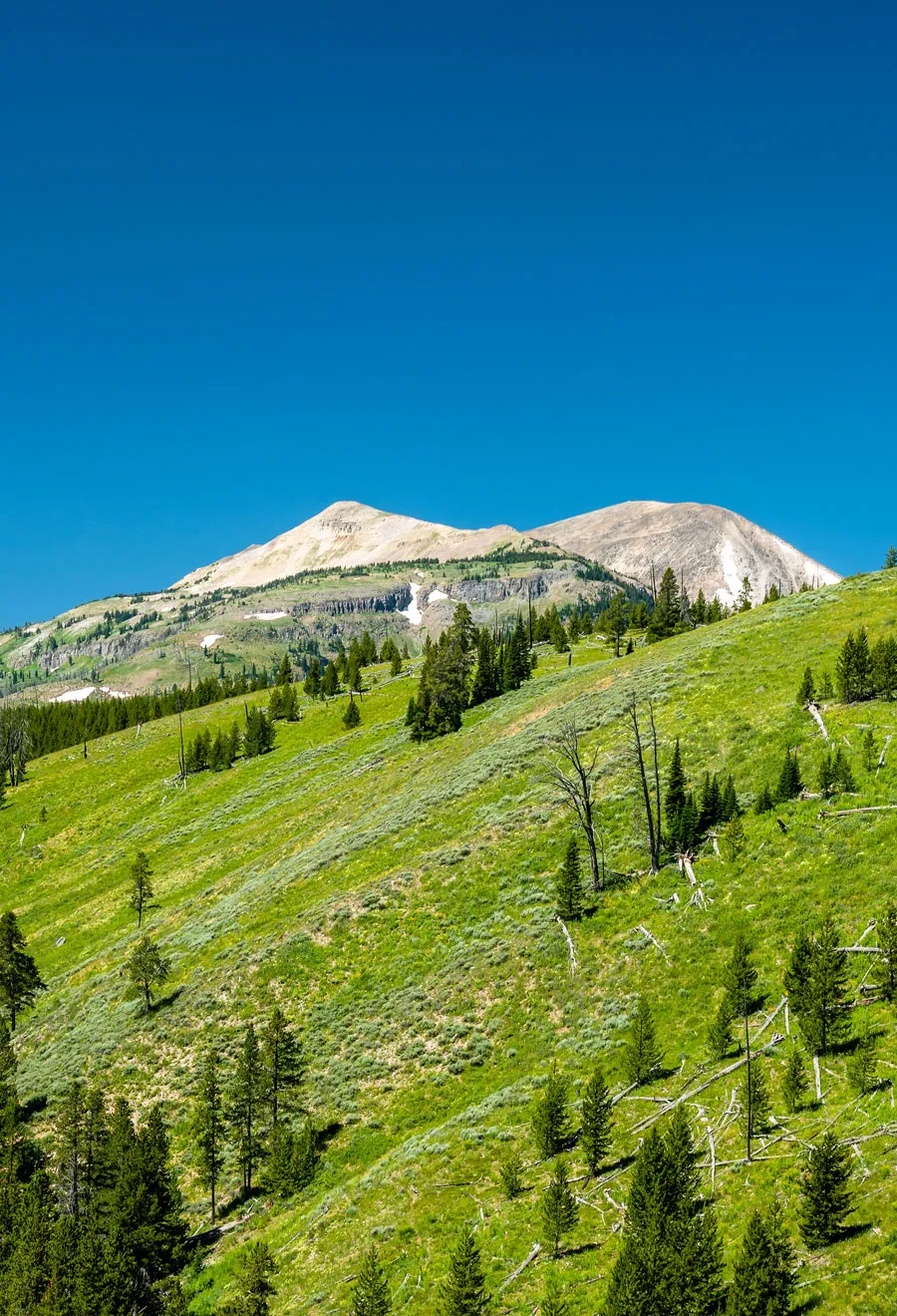The many national parks and wilderness refuges around the U.S. are a great place to get lost in your own thoughts and take some time to appreciate the natural world. But Ryan and Rebecca Mean, a pair of conservation ecologists from Florida, have taken “going off the grid” to a whole new level. Using GIS (geographic information systems) data, the couple set out to identify the most remote locations in each state based on their distances from a road. They disqualified locations in the middle of a lake or flood plain. All of their choices are habitable, but remain largely unexplored. Here are five of these ultra-remote places in the U.S. that make for an excellent off-the-grid vacation.
Frank Church River of No Return Wilderness – Idaho

As the state with the seventh-lowest population density (at only 20 people per square mile), Idaho offers many opportunities to get away from the crowds. Those seeking a truly solitary experience may find what they desire in the remote River of No Return Wilderness. It’s the largest contiguous wilderness in the lower 48, and the Middle Fork of the Main Salmon River flows serenely through it.
Don’t let the wilderness area’s name intimidate you: The name originated in the 1800s, when enterprising men moved lumber to downstream settlements via the Salmon River. To transport the lumber, the men used hand-built flatboats called sweep scows. However, the boats never made their way back up due to the ferocious currents. Upon arrival, the boats were disassembled and sold as lumber; the men, however, would return through other means to make the trip again.
Today, boats are still allowed on the river with the proper permits. Modern-day jet boats can even slice through the waters to defy the ominous River of No Return. A Leave No Trace conservation policy ensures that this bit of wilderness stays pristine for everyone’s enjoyment.
Bob Marshall Wilderness – Montana

Even more sparsely populated than Idaho (with just seven people per square mile), Montana is another state with lots of space. The most remote place in Big Sky Country is the Bob Marshall Wilderness. Comprised of an astonishing 1.5 million acres, Bob Marshall Wilderness contains the kind of stunning natural beauty most people envision when contemplating a wild escape.
The area is also well-known for its wildlife sightings, and it is home to the second-largest grizzly bear population in the U.S. Visitors can also spot bald eagles and trumpeter swans, the largest waterfowl species in North America. Conservation efforts have resulted in these once-endangered species making a comeback at Bob Marshall Wilderness.
This pristine location also includes one of the most preserved natural mountain ecosystems in the world — filled with rugged terrain, majestic forests, clear lakes, cascading waterfalls, and wide river valleys. It’s easy to lose yourself in awe when contemplating the vast expanse of this natural wonder.
Yellowstone National Park – Wyoming, Idaho, and Montana
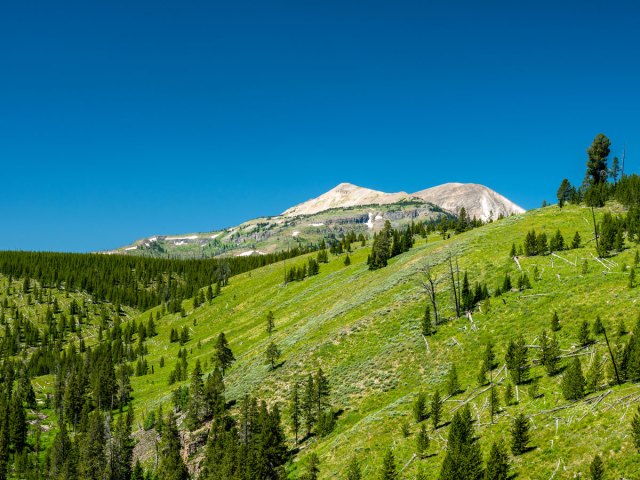
Undoubtedly, Yellowstone National Park is one of the most popular travel destinations in the world. Home to the famous geyser Old Faithful, the park welcomed 4.7 million visitors in 2024. If you’re looking for a secluded escape, the park’s main touristy areas are unlikely to offer what you crave, but Yellowstone’s impressive expanse offers many opportunities for enjoying solitary reflection.
The most remote spot in the park, according to Ryan and Rebecca’s data-based calculations, is an impressive 21.6 miles from the nearest road. However, visitors probably won’t need to travel quite that far to find some peace and quiet — plenty of hiking trails will take you through rugged terrain if you’re game.
Denali Wilderness – Alaska
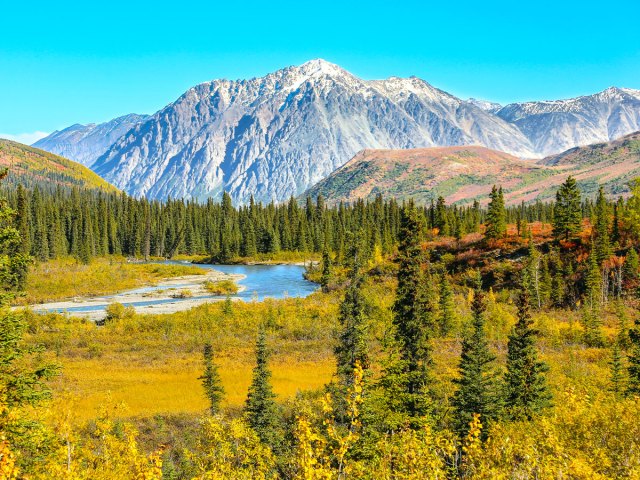
As the state with the lowest population density (only 1.3 people per square mile), Alaska is well-known for its natural beauty and often unforgiving landscape. Many parts of the state are uninhabitable throughout part of the year, and their seclusion has allowed wilderness to thrive.
The centerpiece of the Denali Wilderness is Mount Denali, which has the distinction of being the highest point in North America. The site has long been an attractive one for mountain climbers and hikers who prize a pristine, rugged environment.
If you visit, you will only few humans to keep you company. However, that doesn’t mean you’ll be entirely alone. The Denali Wilderness is home to more than 37 mammal species and 159 species of birds. Sightings of grizzly bears, caribou, and moose are common. Those seeking seclusion with modern amenities will be happy to know the park offers stays in well-equipped remote cabins.
Apostle Islands National Lakeshore – Wisconsin
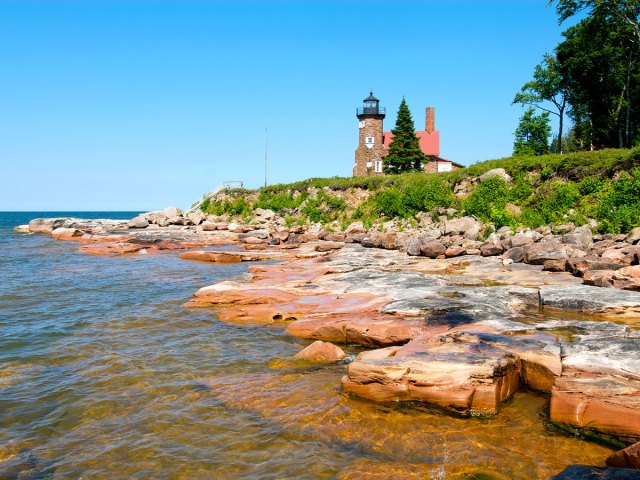
Wisconsin probably isn’t the first place you would go to find seclusion, but the Apostle Islands National Lakeshore at the northern tip of the state definitely fits that bill. The lakeshore’s 21 islands and 12 miles of shoreline became part of the National Park Service back in 1970.
Despite the park’s remote location, visitors have plenty of activities to keep them busy. Backcountry camping options at 16 of the islands allow for a true roughing-it experience. There are also water taxi and kayak tours in the summer. One of the most popular winter activities at Apostle Islands is to visit the spectacular ice caves.
More from our network
Daily Passport is part of Inbox Studio, which publishes content that uplifts, informs, and inspires.

